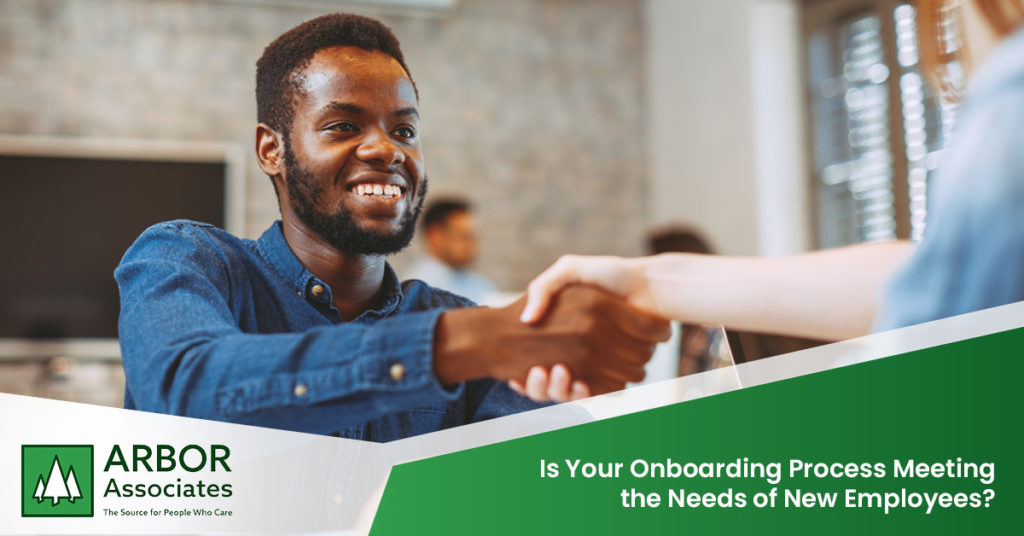A new employee’s onboarding can either be the start of a long-term partnership or the start of lost opportunities. If you want to stay competitive in the current job market, ensure that your onboarding process meets the needs of your new employees.
First impressions last. Organizations with a strong onboarding process improve new hire retention by 82% and productivity by over 70%. You should be aware of the expectations of candidates during the onboarding phase so that you can meet them.
The following information will help you understand and consider what individuals might need from the onboarding process.
What are Candidate’s Expectations for the Onboarding Process?
It’s critical for organizations to take deliberate steps to support new employees in cultural assimilation, particularly within the first year. Here are some recommendations to consider:
- Introduce your organization’s brand and history.
- Discuss how performance is measured and rewarded.
- Address growth and development benchmarks/expectations (this has been shown to increase satisfaction and retention).
- Share the usual time intervals at which Managers will evaluate progress – one month, three months, six, annual, etc…
- Assign a buddy. The buddy should be a highly engaged, productive staff member that serves as a resource for the new hire. A buddy is not the same as a preceptor; the buddy will help new employees stay connected to the team.
Make Sure To Cover The Basics:
Day one should include a solid baseline of their new environment and role:
- Where to park and enter the building.
- Any security processes.
- Insurance and benefits information, if applicable.
- A tour of the facility and important locations (bathroom, break room, HR, etc..).
On day one and beyond, you want to ensure that everything is making sense:
- Ensure clear and consistent communication and feedback.
- Reinforce the expectations of the role and provide the tools needed to succeed.
- Check-in regularly and provide any professional support as needed.
Create a sense of belonging as soon as possible:
- Don’t neglect the social onboarding! Make sure the other staff are welcoming to the new employee, and be sure to prioritize anyone they’ll be working with daily.
- Have others schedule 1:1 meetings to talk about how their roles work together.
- Schedule an informal lunch meeting as a get to know you session.
How Do You Know Your Onboarding Process Is Working?
Studies show that even with a new focus on onboarding, one-third of external hires exit organizations after two years. So how can you tell if your onboarding process is successful with regard to retaining talent? Consider the following:
- Analyze the data. Look at your new hire turnover rates, especially the first and second-year rates, to see how effective your onboarding is.
- Request feedback from your new hires and pay special attention to their suggestions, both positive and negative.
If you’re not ready to overhaul your onboarding or find yourself needing extra candidates in different places, times, and roles – consider partnering with Arbor Associates. Arbor is a fantastic partner for sourcing and recruitment processes, and we make sure to prioritize customer service and economic value drive. Contact us today!

